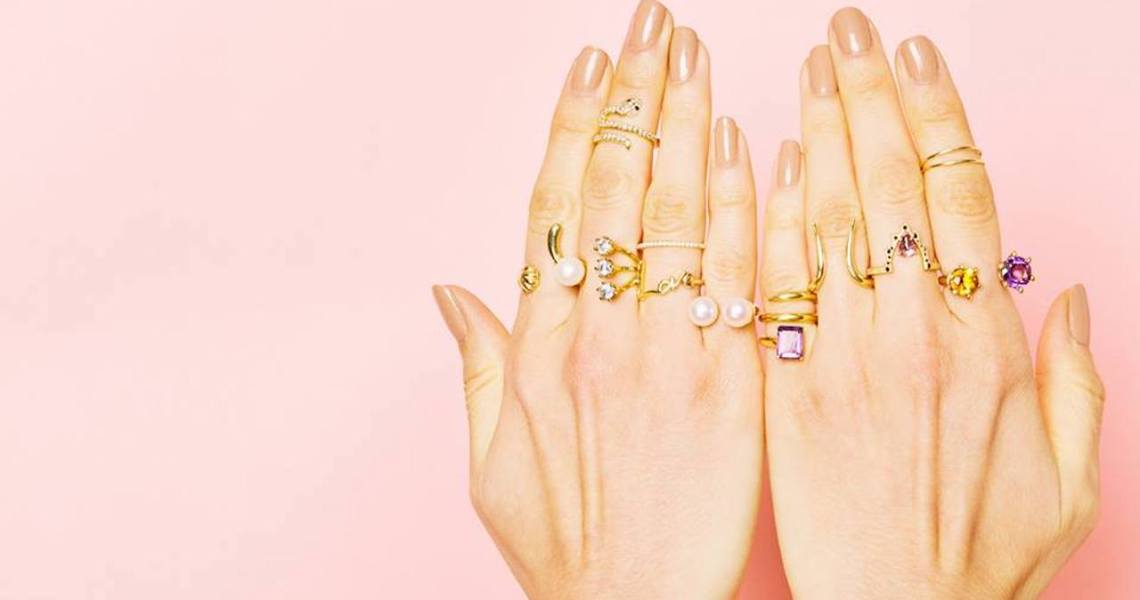Stone and Strand, which started as a marketplace for fine jewelry brands in 2012, always knew it wanted a substantial private-label business.
The company originally started as an e-commerce platform with a curated selection of 24 fine-jewelry brands. From launch, CEO and founder Nadine McCarthy Kahane planned to shift focus to private-label products to fill gaps in the high-end jewelry market of those looking to purchase high-quality products at a lower price point. In its shift, the brand took a play from major marketplaces (like Amazon), which gather shopping data, observing what sells to develop their own private-label brands.
When making the transition, Kahane said she was concerned about the possibility of losing or alienating customers, or going after the wrong gaps in the market. When Stone and Strand first rolled out a private-label brand, it focused on affordable diamonds in four different sizes and a range of prices — all under $1,000. Some people bought into that, but the brand found through engaging with followers on social media that most customers wanted something more affordable. So the brand decided to keep its private-label styles to a price point of $30 to $825.
“We definitely lost our high-end clients when we started to have more affordable pieces on our website, but that’s part of the evolution,” she said.
What Kahane didn’t expect was how fast the private-label part of the business would grow.
While other brands still sell on the site, from Le Roi to Dana Rebecca, the number of products carried from those brands has gone down. Le Roi, for example, has only three products featured on Stone and Strand at the moment. In turn, Stone and Strand now has 13 private-label brands, making up 80% of the company’s overall revenue, which is estimated to be around $2.8 million a year, and a majority of its inventory. Stone and Strand also collaborates with designers, like celebrity stylist Emily Oberg, on lines that it then sells online but does not consider its own. In the future, Kahane said the brand will continue focusing on private-label brands, as well as capsule collections with outside designers, and less on curating brands.
“Private label started to demand a lot of attention, and we really ended up having to shift our focus because we are a small company and we haven’t taken a lot of venture funding,” she said. The brand did not disclose how much funding it has taken on.
Ad position: web_incontent_pos1
That’s something many brands don’t think about when moving into private label, said Nancy McLaughlin, senior manager of marketplace channels at marketing consulting firm Tinuiti.
“You think about some private-label brands that have already started curating an experience through social media, and the speed at which they’ve done that. Anyone wanting to pursue private label needs to adapt to speed and know that it is going to move fast, and you have to keep up with that,” said McLaughlin. Other jewelry retailers expanding into private label include Soko and Rocksbox.
Other big challenges that came with launching private label included navigating manufacturing and who to partner with to make the best product for Stone and Strand customers. Originally the brand worked with manufacturers in New York. While it still does a majority of its manufacturing in New York, it has since moved overseas for some of its products in order to get products made the way the brand wants them to be made, said Kahane.
“We wanted to experiment with different styles and, in order to find people to do things the way we want to, you have to [do your research]. For example, in Indonesia, they work with a lot of silver. There, you get the quality you want,” she said.




